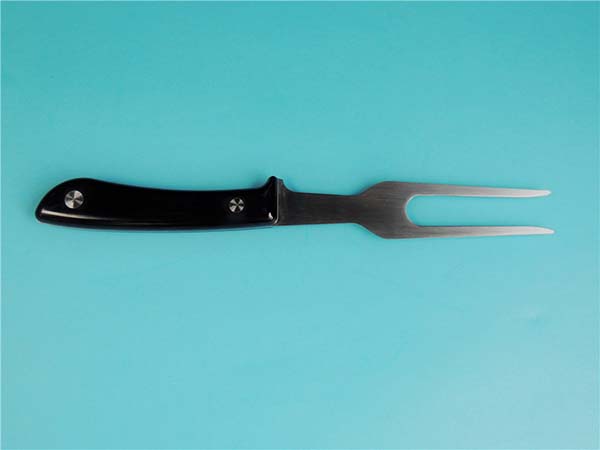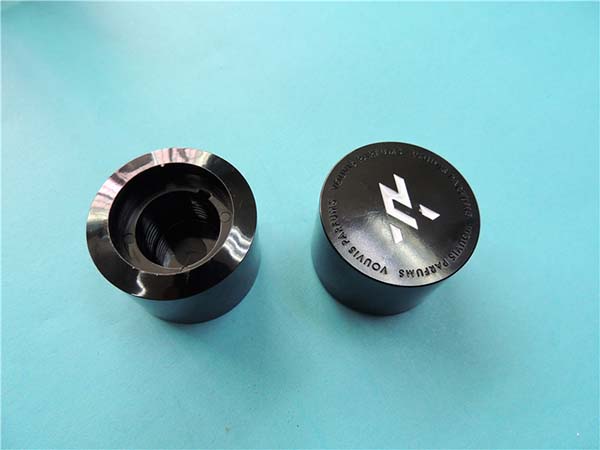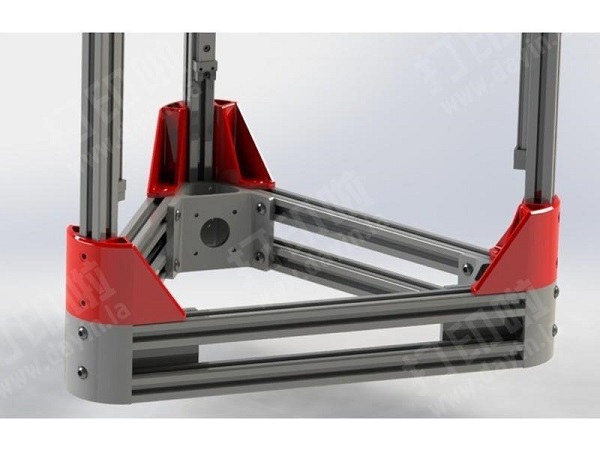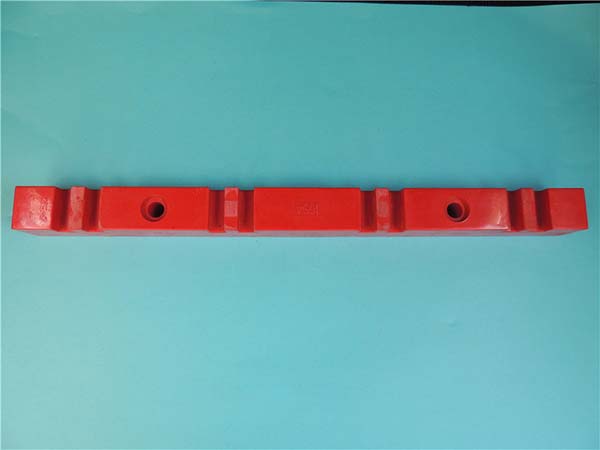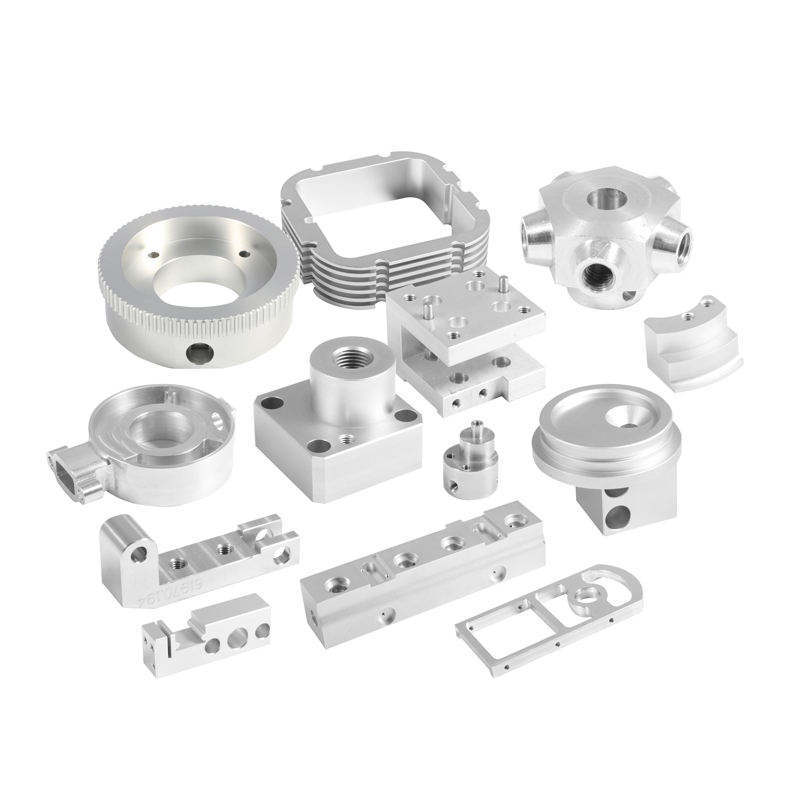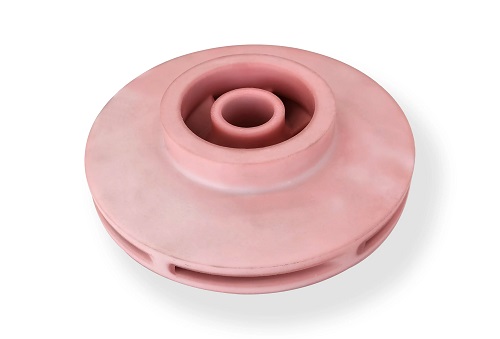Introduction to Hybrid Additive Manufacturing
Hybrid additive manufacturing (AM) is a transformative advancement in industrial production, merging traditional manufacturing methods with innovative additive techniques. This hybrid approach allows for the creation of highly complex geometries and enhanced material properties, which would be difficult or impossible to achieve through traditional methods alone. By combining the best features of additive manufacturing (AM) and subtractive or formative techniques, hybrid AM optimizes production efficiency, reduces waste, and creates parts with superior performance characteristics. This article explores how hybrid AM is revolutionizing industries by enhancing capabilities in production processes, materials, and design.
Definition and Principles
What is Hybrid Additive Manufacturing?
Hybrid additive manufacturing integrates additive manufacturing processes with conventional subtractive or formative methods. It combines the layer-by-layer deposition of material (additive) with traditional material removal techniques (subtractive), or even deformation processes (formative). This synergy allows manufacturers to take advantage of the precision and speed of additive methods while leveraging the material removal capabilities of traditional machining.
The Principles Behind Hybrid AM
Hybrid AM works by combining the following techniques:
- Additive Processes: Material is added layer by layer based on a digital design (e.g., 3D printing, powder bed fusion).
- Subtractive Processes: Material is removed from a solid block using traditional machining techniques like milling, turning, or drilling.
- Formative Processes: Material is shaped through physical forces, such as in casting or forging.
By seamlessly integrating these processes, hybrid AM offers greater flexibility in manufacturing complex parts with enhanced properties and reduced production time.
Historical Development
Early Beginnings
The hybrid concept emerged from the recognition that standalone additive or subtractive manufacturing methods have their limitations. While additive techniques offer design flexibility, they can lack the surface finish and mechanical properties of traditionally machined parts. Conversely, subtractive methods excel in precision but are often limited in creating intricate designs without excessive material waste.
The integration of these two approaches began as early as the 1980s and 1990s, with the development of stereolithography (SLA) and selective laser sintering (SLS), both of which laid the foundation for more sophisticated hybrid approaches. The hybrid manufacturing movement gained real momentum in the 2000s with advancements in computer-aided design (CAD) and 3D printing technologies.
Milestones in Hybrid AM
- 1980s-1990s: Early 3D printing and CAD technology developments provided a platform for exploring hybrid methods.
- 2000s: The integration of multi-axis CNC machines, and later robotic systems, enabled more seamless additive-subtractive hybrid workflows.
- 2010s-Present: Enhanced material science, precision engineering, and the rise of robotic hybrid systems have fully realized the potential of hybrid AM for a variety of industries.
Key Benefits and Advantages
Efficiency and Speed
Hybrid AM significantly accelerates production cycles by combining rapid prototyping with traditional manufacturing. Parts can be built layer by layer, then finished or refined through machining, significantly reducing the time it takes to move from prototype to finished product. This is particularly advantageous in industries like aerospace and automotive, where speed and design iteration are critical.
Cost-Effectiveness
Hybrid AM offers cost advantages by reducing material waste and streamlining the manufacturing process. With additive manufacturing, material is deposited only where needed, cutting down on excess waste compared to traditional machining, which often involves cutting away a large amount of raw material. Additionally, hybrid processes reduce the need for expensive tooling and molds, resulting in cost savings in both prototyping and production.
Sustainability
The combination of additive and subtractive processes promotes environmental sustainability. Hybrid AM minimizes material waste due to its layer-by-layer deposition process, which is more material-efficient than subtractive manufacturing. Additionally, by reducing the need for transportation of materials (thanks to local production), hybrid AM lowers the carbon footprint associated with traditional manufacturing processes.
Enhanced Performance
Hybrid manufacturing enables parts with superior mechanical properties. The additive component allows for complex geometries, while the subtractive process refines surface finishes and improves precision. This results in optimized strength-to-weight ratios, better thermal properties, and improved surface finishes compared to parts made using traditional manufacturing methods alone.
Technologies and Techniques
Traditional Manufacturing Methods
Subtractive Manufacturing
- Machining: Utilizes lathes, mills, and drills to cut material from a workpiece.
- Grinding and Polishing: Employed to achieve high precision and smooth finishes.
Formative Manufacturing
- Forging: Shaping metal through deformation, commonly used for high-strength components.
- Casting: Pouring molten material into molds to form shapes, widely used in metal part production.
Additive Manufacturing Processes
Powder Bed Fusion
- Selective Laser Sintering (SLS): Uses a laser to sinter powdered materials, creating parts layer by layer.
- Selective Laser Melting (SLM): Melts powder with a laser to create fully dense parts, ideal for metals.
Material Extrusion
- Fused Deposition Modeling (FDM): Uses thermoplastic filament to create parts layer by layer.
- Polyjet Printing: Uses photopolymer resin that is cured by UV light, ideal for high-detail parts.
Integration of Technologies
Hybrid Systems
- Multi-Axis Machining Centers: These machines integrate both additive and subtractive processes in one system, allowing smooth transitions between building and removing material.
- Robotic Systems: Robotic arms perform both additive and subtractive operations with high precision and flexibility, making them ideal for complex parts and materials.
- Composite Manufacturing: Multiple materials, such as metals, ceramics, and polymers, can be integrated within a single part, improving performance and functionality.
Industrial Applications
Aerospace and Automotive Industries
Hybrid AM is revolutionizing both the aerospace and automotive sectors. In aerospace, the ability to create lightweight, complex parts reduces weight and increases fuel efficiency. For instance, aircraft manufacturers use hybrid AM to produce engine components and structural parts that are both strong and light. In the automotive industry, hybrid AM aids in the production of high-performance parts, such as custom engine components, which improve vehicle efficiency and safety.
Medical and Dental Applications
In medicine, hybrid AM allows for the creation of custom implants, prosthetics, and surgical instruments. These parts are often tailored to a patient’s unique anatomy, improving the fit and function. In dentistry, hybrid AM is used to produce precise dental restorations and orthodontic devices, enhancing patient care through personalized treatments.
Construction and Architectural Uses
Hybrid AM is also finding applications in the construction and architecture sectors. Complex and bespoke architectural designs that were once difficult or cost-prohibitive to create using traditional methods can now be fabricated more easily. This allows for greater design freedom while improving the efficiency and sustainability of the building process.
Challenges and Limitations
Material Compatibility
One of the primary challenges in hybrid AM is ensuring that materials used in the additive and subtractive processes are compatible. Developing hybrid systems that can work seamlessly with a broad range of materials—such as metals, polymers, and composites—remains a key area of research. Additionally, ensuring that the mechanical properties of hybrid parts meet industry standards is crucial for high-performance applications like aerospace and medical devices.
Cost and Accessibility
While hybrid AM offers long-term cost benefits, the initial investment required for equipment can be substantial, especially for small and medium-sized enterprises (SMEs). The accessibility of hybrid AM technologies remains limited by the high costs of advanced systems and the expertise required to operate them effectively. As the technology matures, however, the cost is expected to decrease, making it more accessible to a broader range of businesses.
Quality Control and Standards
Ensuring that parts produced through hybrid AM meet rigorous industry standards is another challenge. Hybrid AM is still an emerging technology, and robust quality control mechanisms are needed to ensure that the final parts are reliable, safe, and consistent. Establishing standardized protocols and certifications will be essential for the widespread adoption of hybrid AM, particularly in critical industries like aerospace, automotive, and healthcare.
FAQs
Q1: What are the main advantages of hybrid additive manufacturing over traditional manufacturing methods?
Hybrid AM offers greater design freedom by enabling the creation of complex geometries that are difficult to produce with traditional methods. It also reduces material waste, accelerates production cycles, and improves part performance by combining additive and subtractive techniques.
Q2: How does hybrid additive manufacturing contribute to sustainability in industrial production?
Hybrid AM contributes to sustainability by minimizing material waste through additive processes and reducing energy consumption compared to traditional methods. The ability to produce parts on-demand further reduces overproduction and waste.
Q3: What are some common challenges faced when implementing hybrid additive manufacturing in industrial settings?
Challenges include material compatibility between additive and subtractive processes, ensuring consistent quality, and managing the high initial cost of equipment. Overcoming these challenges requires ongoing research, standardization, and investment in training and equipment.
Conclusion
Hybrid additive manufacturing is revolutionizing industrial production by merging the flexibility of additive processes with the precision of traditional manufacturing techniques. This combination enables manufacturers to produce highly complex, functional parts with improved material properties, faster turnaround times, and reduced waste. While challenges remain, particularly in material compatibility, cost, and quality control, hybrid AM holds enormous potential across industries like aerospace, automotive, healthcare, and construction. As technology continues to evolve, hybrid AM will increasingly become a key driver of innovation and efficiency in industrial production.

